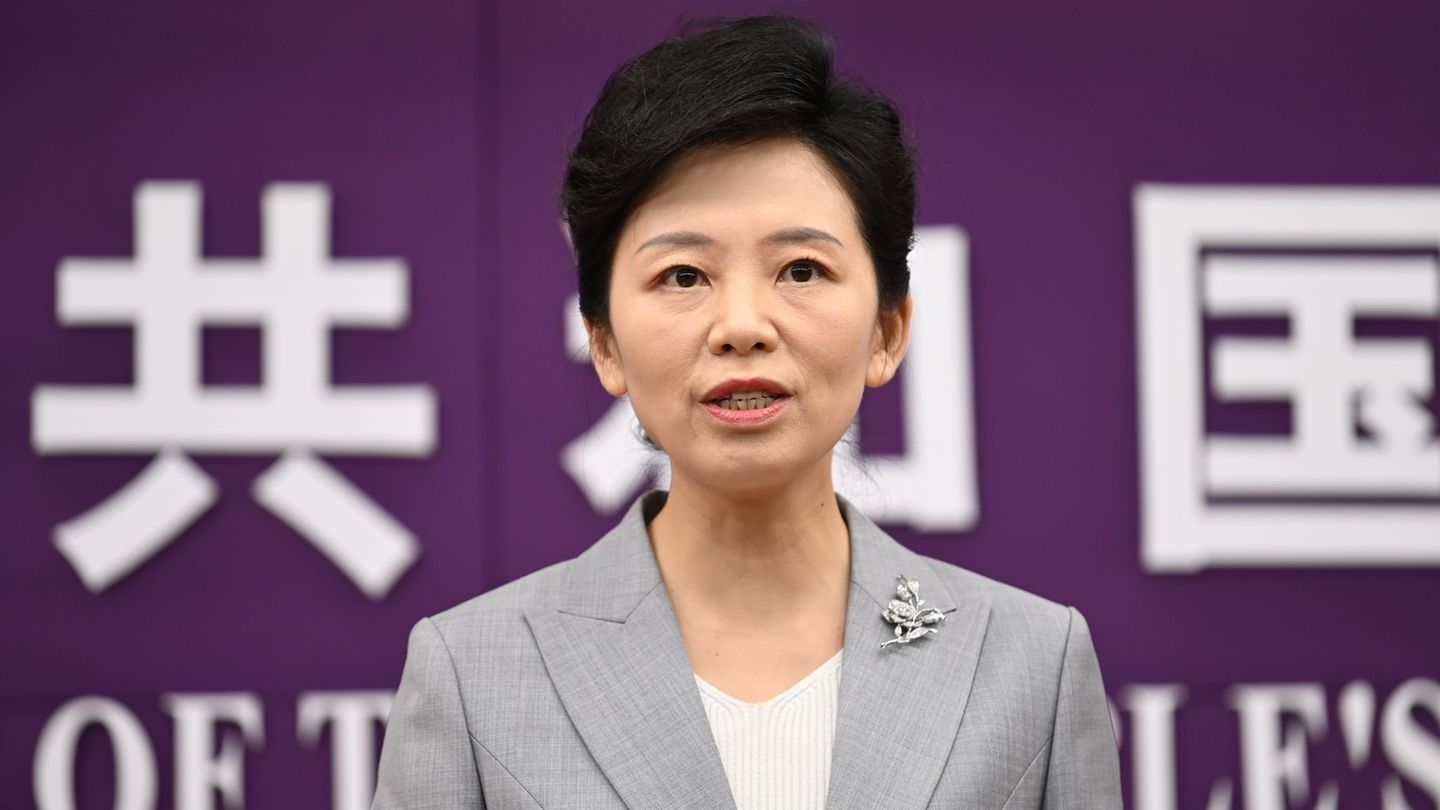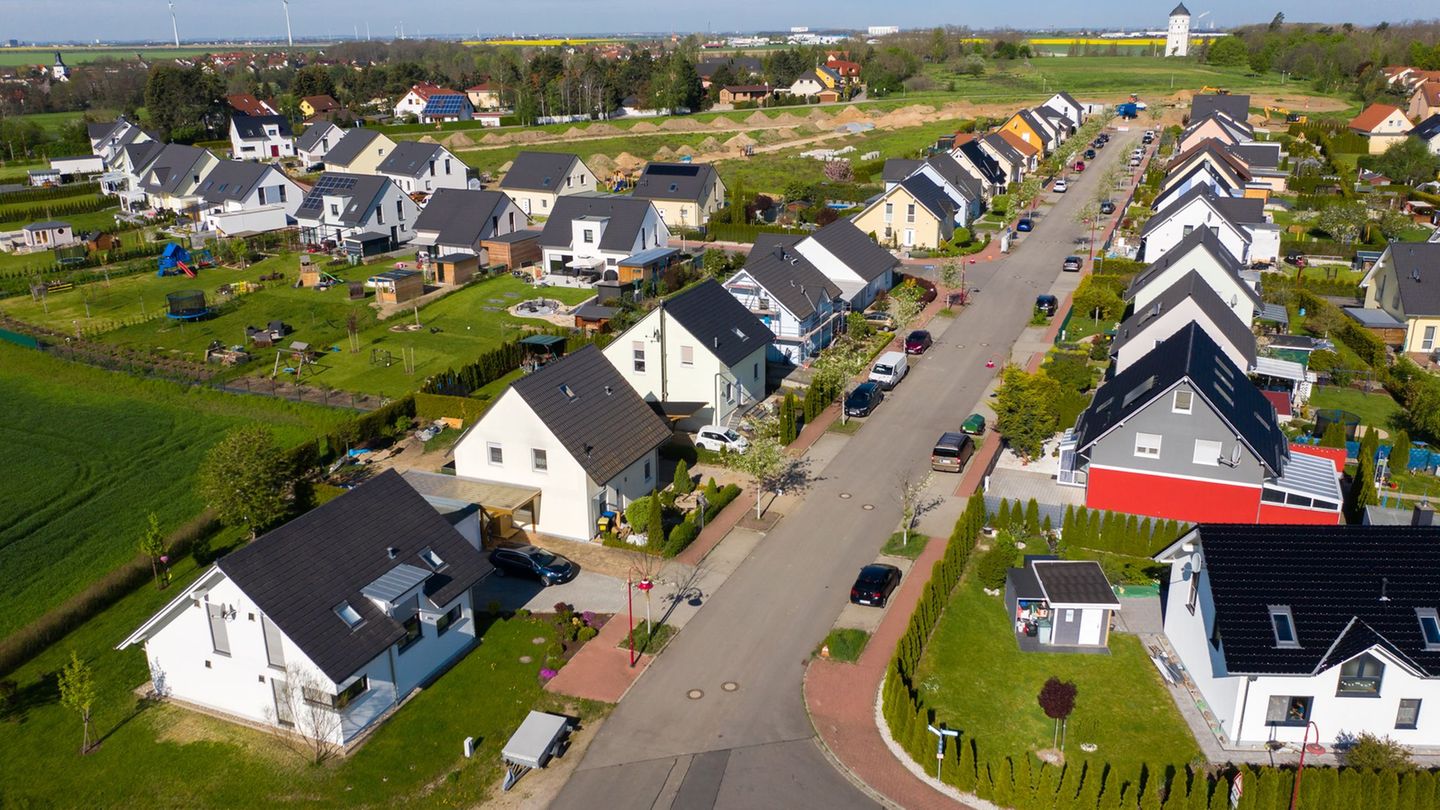David William is a talented author who has made a name for himself in the world of writing. He is a professional author who writes on a wide range of topics, from general interest to opinion news. David is currently working as a writer at 24 hours worlds where he brings his unique perspective and in-depth research to his articles, making them both informative and engaging.
Menu
Old-age security: Federal government wants to create share reserves for pensions
Categories
Most Read
Israel threatens Hamas over withholding bodies of dead hostages
October 16, 2025
No Comments
Situation at a glance: If the ceasefire agreement is violated: Israel threatens Hamas
October 16, 2025
No Comments
Cheaper driving licenses: Transport Minister Schnieder has ideas
October 16, 2025
No Comments
Baby in the Bundestag: Klöckner wants to support parents with children
October 16, 2025
No Comments
Ukraine receives new arms commitments from Europe
October 16, 2025
No Comments
Latest Posts

German economy: Bundesbank is becoming more pessimistic about the economy in the summer
October 16, 2025
No Comments
AngelicaI am an author and journalist who has written for 24 Hours World. I specialize in covering the economy and write about topics such as

Beijing’s export controls: China accuses the USA of scaremongering in the trade dispute
October 16, 2025
No Comments
AngelicaI am an author and journalist who has written for 24 Hours World. I specialize in covering the economy and write about topics such as

Missing apartments: Interhyp survey: Growing frustration with the housing market
October 16, 2025
No Comments
AngelicaI am an author and journalist who has written for 24 Hours World. I specialize in covering the economy and write about topics such as
24 Hours Worlds is a comprehensive source of instant world current affairs, offering up-to-the-minute coverage of breaking news and events from around the globe. With a team of experienced journalists and experts on hand 24/7.

